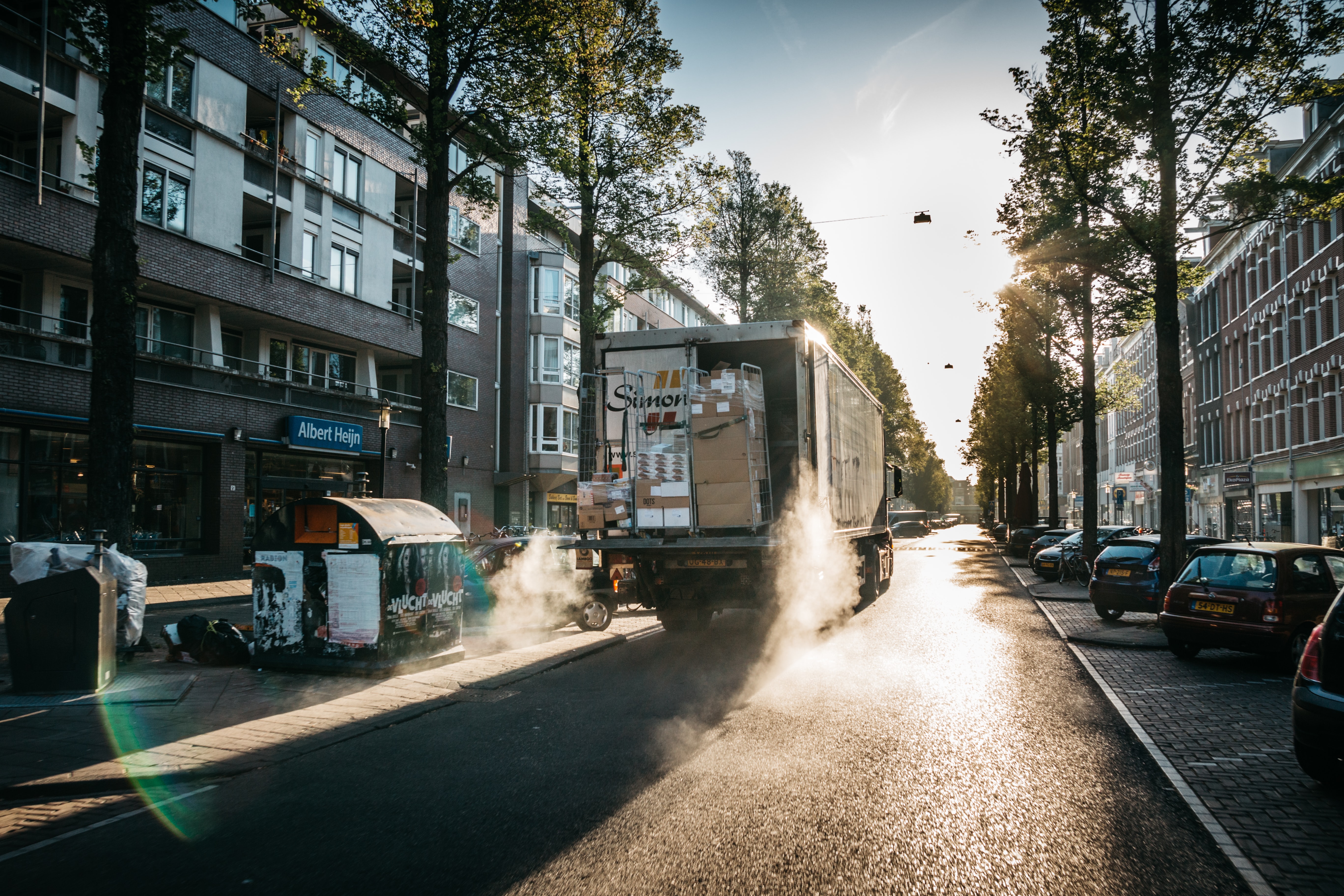Making Last-Mile Delivery More Sustainable
The 26th UN Climate Change Conference (COP26) just wrapped up in Glasgow, Scotland. Policymakers from all over the world met over two weeks to set new targets for cutting emissions from burning coal, oil and gas that are heating the planet. They established a consensus that nations need to do much more to prevent a catastrophic rise in global temperatures. The world has less than 10 years to reduce emissions to a level that will keep the planet safe. This means all countries must commit to cutting emissions faster than they are already doing.
Cities are responsible for 70% of global emissions, to which delivery vehicles add disproportionately high amounts compared to passenger cars, according to the The Future of the Last-Mile Ecosystem report by the World Economic Forum. The growth of online shopping has led to more delivery vehicles crowding city streets. Demand for last-mile delivery is rising and is expected to grow by 78% globally by 2030. Shippers are stepping up to do their part to operate more efficiently to keep up with consumer demand, and are reducing carbon dioxide emissions in the process.
Use Technology to Increase Efficiency
Companies that use technology to manage their logistics processes can better optimize deliveries to reduce mileage, emissions, and their carbon footprint. Delivery management platforms offer capabilities to track, monitor, and manage deliveries more efficiently. Real-time route optimization allows businesses to optimize and re-optimize routes throughout the day to quickly respond to unexpected demands and disruptions. Traffic jams in the center of the city? No problem. Just go around them. Last-minute delivery pickups are easy to accommodate with drivers already in the area.
Need to deliver multiple orders in the same area? Using multiple drivers and vehicles for each delivery is time-consuming and inefficient, not to mention harmful to the environment. However, delivery management platforms provide delivery consolidation features in which orders are bundled together based on locations, service areas, drivers or constraints. Batching orders together enables companies to increase driver productivity, lower costs and eliminate unnecessary miles. Minimizing the distance and maximizing the number of orders that go out together can help businesses stretch the resources they have even further and build delivery density.

Asset sharing also helps companies operate more efficiently while minimizing their impact on the environment. Sharing of delivery assets between locations allows companies to maximize resources while lowering last-mile costs. If one store location is really busy while another is having a slow delivery day, companies can send drivers to the busy store location to ensure all orders are delivered in a timely manner. Maintaining a flexible fleet of assets ensures companies can adapt quickly to delivery demands and meet customer expectations for fast delivery service, while at the same time maintaining efficiency and keeping extra costs at bay.
At Bringoz, we provide companies with a robust and flexible delivery management solution that enables companies to track, monitor, and manage deliveries efficiently. Delivery operations are streamlined through a single, easy-to-use interface providing full visibility into the entire delivery operation. As a by-product of greater efficiency, we help companies reduce the number of vehicles, lower the amount of miles driven and minimize their impact on the environment. For more information about how our delivery management solution can help you manage your delivery operations more efficiently and reduce last-mile congestion without sacrificing service, please contact info@www.bringoz.com.
